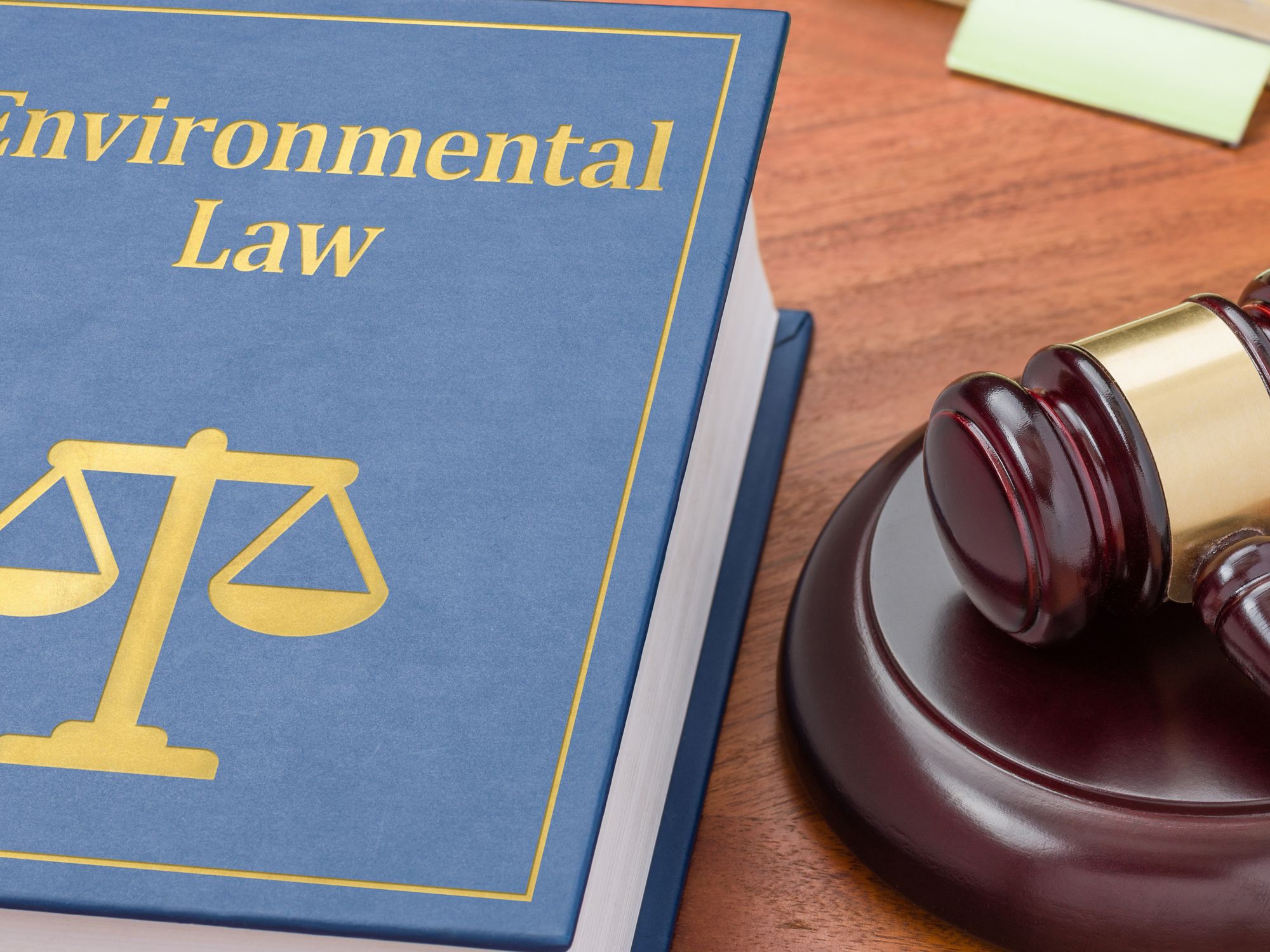Oil Pollution Act

- The Oil Pollution Act of 1990 streamlined the EPA’s ability to prepare for and respond to catastrophic oil spills.
In response to a devastating oil discharge into Alaska’s Prince William Sound in 1989 from an ocean vessel, as well as other major oil spills, Congress enacted the Oil Pollution Act of 1990 (OPA). OPA streamlined and strengthened the Environmental Protection Agency’s (EPA’s) ability to prepare for and respond to catastrophic oil discharges.
Specifically, OPA expanded prevention and preparedness activities, improved response capabilities, ensured that shippers and owners or operators of facilities that handle oil pay the costs associated with discharges that do occur, expanded research and development programs, and established an Oil Spill Liability Trust Fund.
OPA section 4202(a)(6) amended Clean Water Act (CWA) section 311(j) to require promulgation of regulations to require owners or operators of certain vessels and facilities to prepare and submit facility response plans (FRPs) for responding to a worst-case discharge of oil and to a substantial threat of such a discharge.
OPA defined oil under section 1001 differently than the CWA section 311(a)(1) definition. Under OPA, “oil” means “oil of any kind or in any form, including petroleum, fuel oil, sludge, oil refuse, and oil mixed with wastes other than dredged spoil, but does not include any substance which is specifically listed or designated as a hazardous substance under subparagraphs (A) through (F) of section 101(14) of the Comprehensive Environmental Response, Compensation, and Liability Act (42 U.S.C. 9601) and which is subject to the provisions of that Act.”
The OPA definition did not amend the original CWA definition of oil and, therefore, was not incorporated into the regulation Part 112, the EPA Oil Pollution Prevention Standard.
OPA section 4113(a) required that the President conduct a study to determine whether liners or other secondary means of containment should be used to prevent leaking or aid in leak detection at onshore facilities used for the bulk storage of oil located near navigable waters. Executive Order 12777 tasked EPA with conducting this study.
The study resulted in EPA’s recommendation to initiate a voluntary program to prevent leaks and spills, rather than a regulatory amendment. The agency clarified that it is not necessary for facility owners and operators to install liners in order to comply with the Oil Pollution Prevention Standard. The agency said: “’Effective containment’ does not mean that liners are required for secondary containment areas. Liners are an option for meeting the secondary containment requirements, but are not required.”
